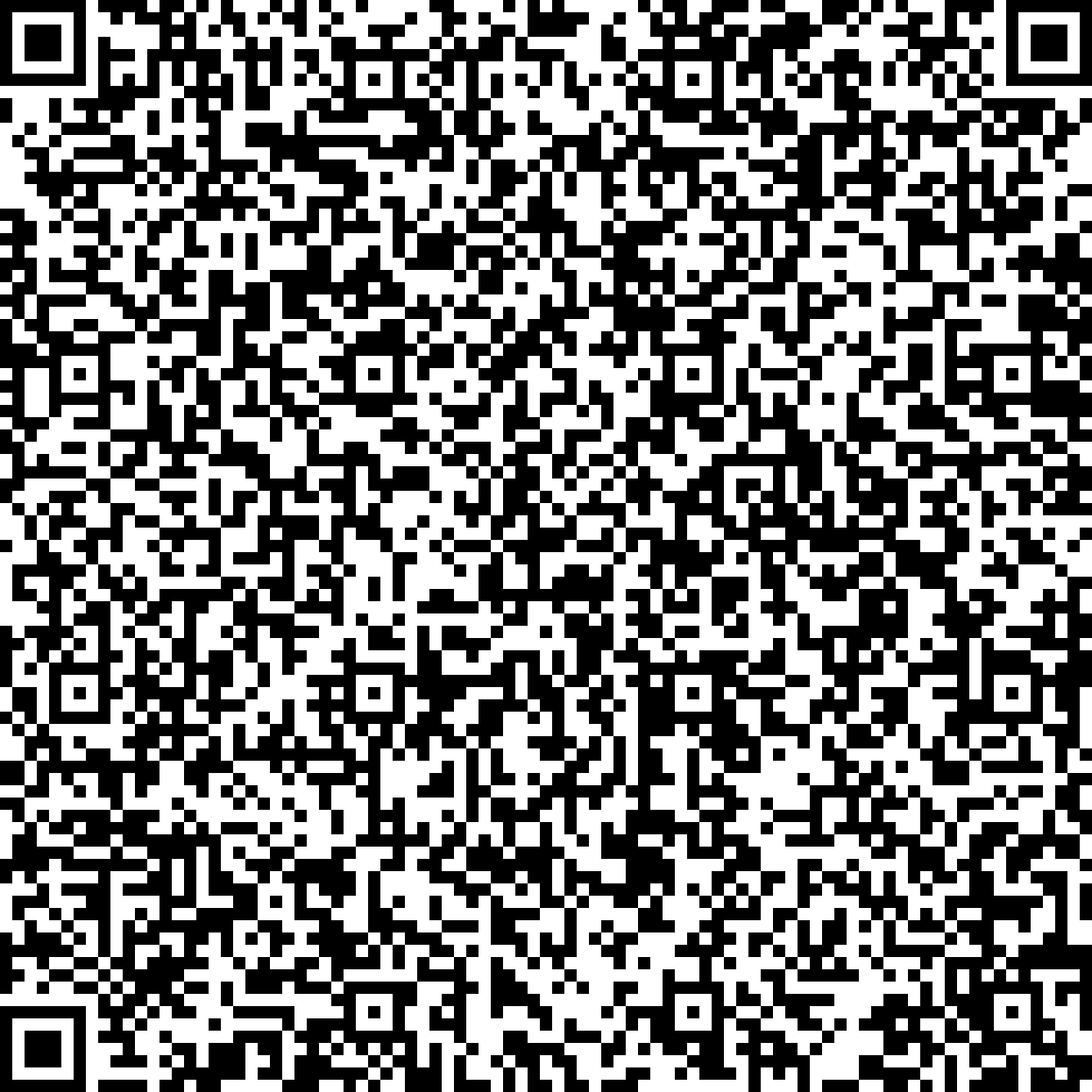


Interleukin-4 (IL-4) signaling lies at the heart of adaptive immunity involving the differentiation of immune cells into the filigree of differentiated effector cells (e.g. T-lymphocytes) and their regulation of selective antibody production (B-lymphocytes). The IL-4 signaling machinery is also expressed in non-hematopoietic tissues like epithelia, however there, its role is less well understood. Cytokines are small, soluble signaling proteins that act through binding and activation of their cognate cell-surface expressed single-pass transmembrane receptors. In particular, IL-4 signals through two types of IL-4 receptors (type I and II), a ternary complex comprised of a ligand bound IL-4R? chain and either IL-2R? (type I) or the more recently discovered IL-13R?1 as a co-receptor (type II). Formation of the ternary complex in the plasma membrane is thought to cross-activate Janus kinases bound to the cytoplasmic tails of the receptors. Our research is centered around a mechanistic model of how cells maintain the receptors in an inactive state in the absence of ligand and how ligand binding triggers the activation of the kinases. Based on a computational approach, we proposed that the membrane-proximal stem-loop of the extracellular domains contains pivotal elements of a rotational switch (Weidemann et al. J. Mol. Biol. 2007). We studied the contribution of the transmembrane alpha-helices for receptor oligomerization in theory and experiment (Worch et al. Proteomics 2010). Currently, we systematically address the formation of ternary receptor complexes in living cells. In summary, our data suggest to revise the common dimerization and cross-activation model as a generic mechanism of cytokine receptor activation.



Interleukin-4 (IL-4) signaling lies at the heart of adaptive immunity involving the differentiation of immune cells into the filigree of differentiated effector cells (e.g. T-lymphocytes) and their regulation of selective antibody production (B-lymphocytes). The IL-4 signaling machinery is also expressed in non-hematopoietic tissues like epithelia, however there, its role is less well understood. Cytokines are small, soluble signaling proteins that act through binding and activation of their cognate cell-surface expressed single-pass transmembrane receptors. In particular, IL-4 signals through two types of IL-4 receptors (type I and II), a ternary complex comprised of a ligand bound IL-4R? chain and either IL-2R? (type I) or the more recently discovered IL-13R?1 as a co-receptor (type II). Formation of the ternary complex in the plasma membrane is thought to cross-activate Janus kinases bound to the cytoplasmic tails of the receptors. Our research is centered around a mechanistic model of how cells maintain the receptors in an inactive state in the absence of ligand and how ligand binding triggers the activation of the kinases. Based on a computational approach, we proposed that the membrane-proximal stem-loop of the extracellular domains contains pivotal elements of a rotational switch (Weidemann et al. J. Mol. Biol. 2007). We studied the contribution of the transmembrane alpha-helices for receptor oligomerization in theory and experiment (Worch et al. Proteomics 2010). Currently, we systematically address the formation of ternary receptor complexes in living cells. In summary, our data suggest to revise the common dimerization and cross-activation model as a generic mechanism of cytokine receptor activation.